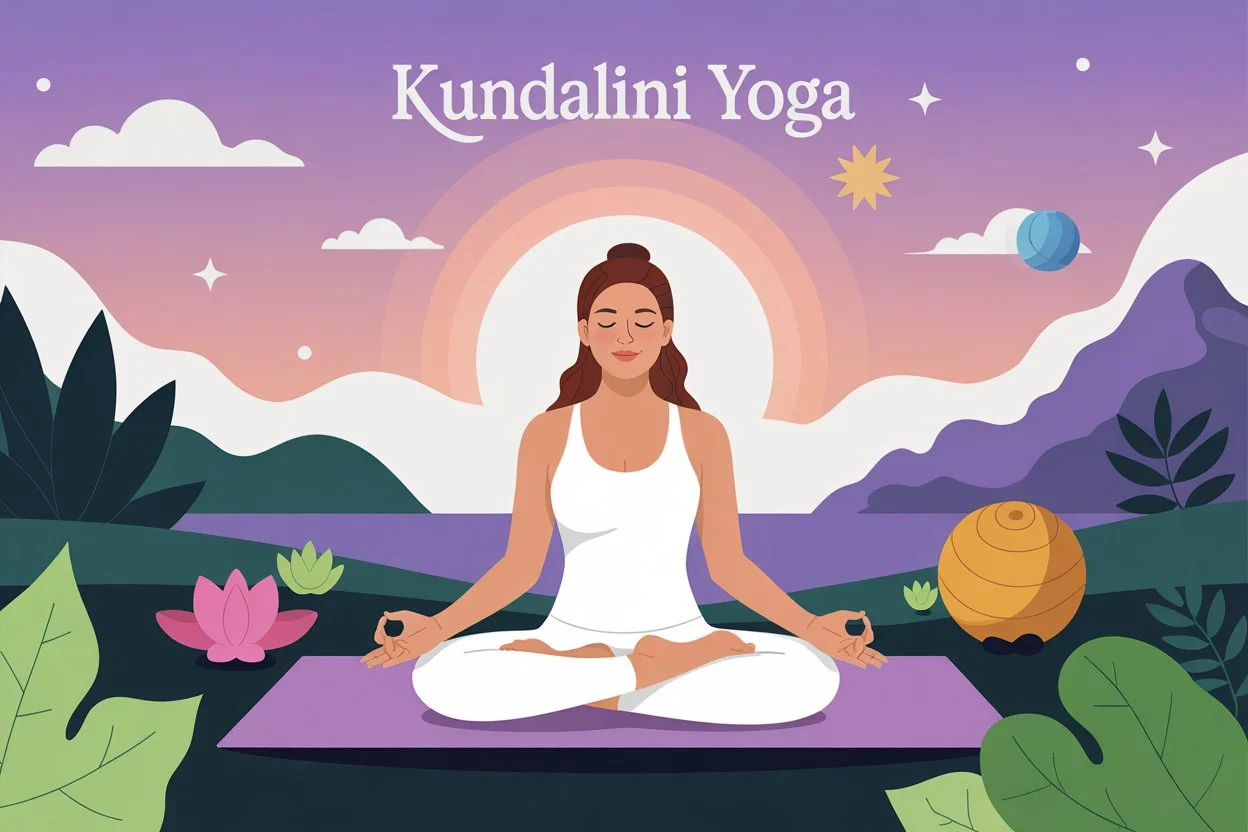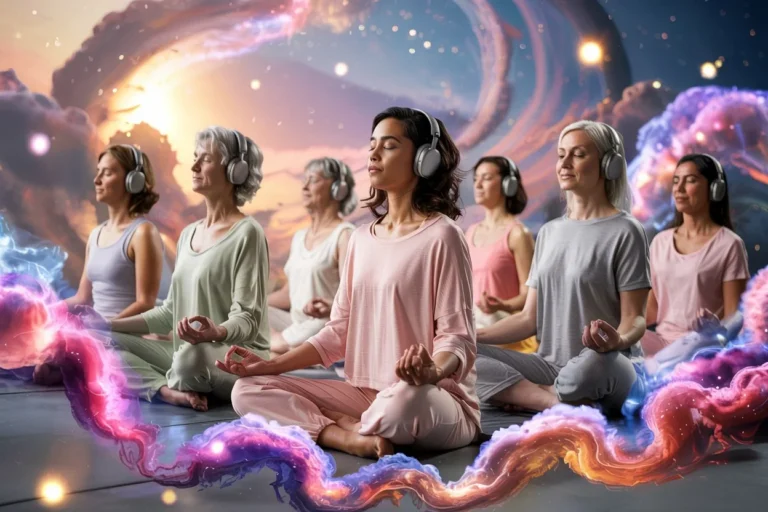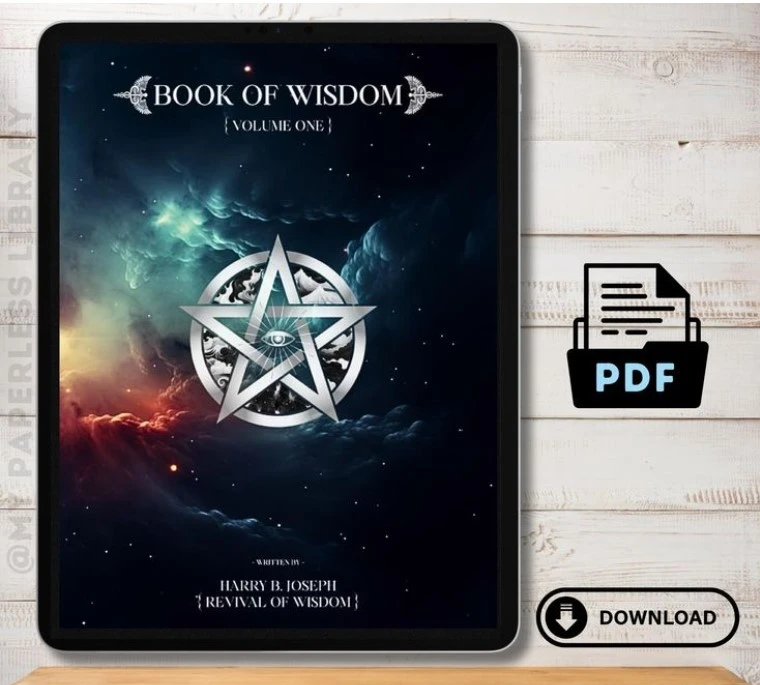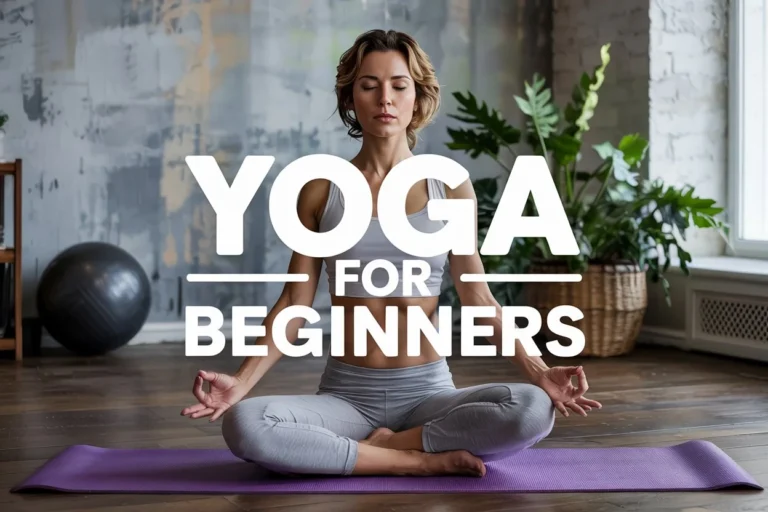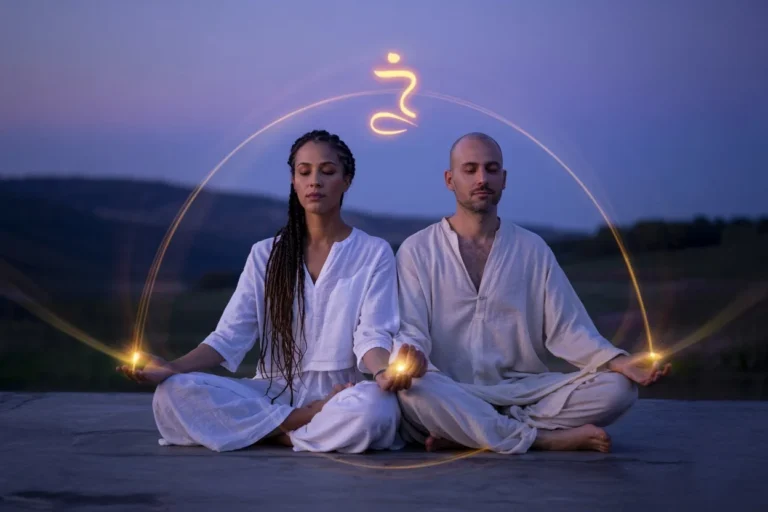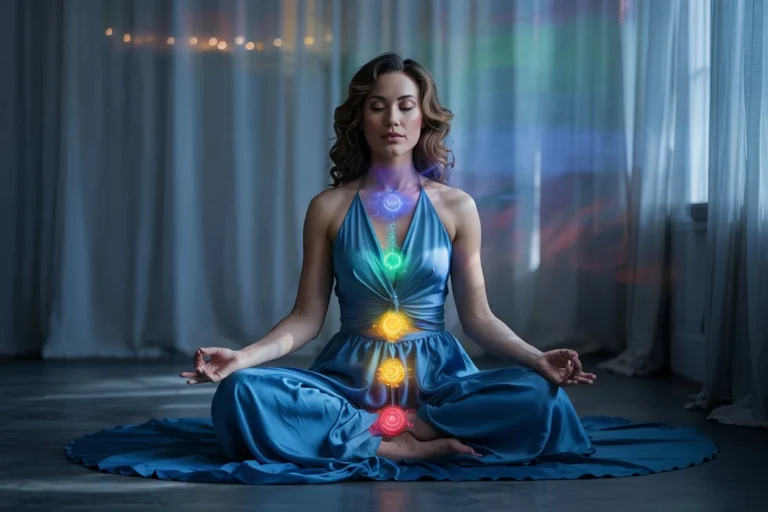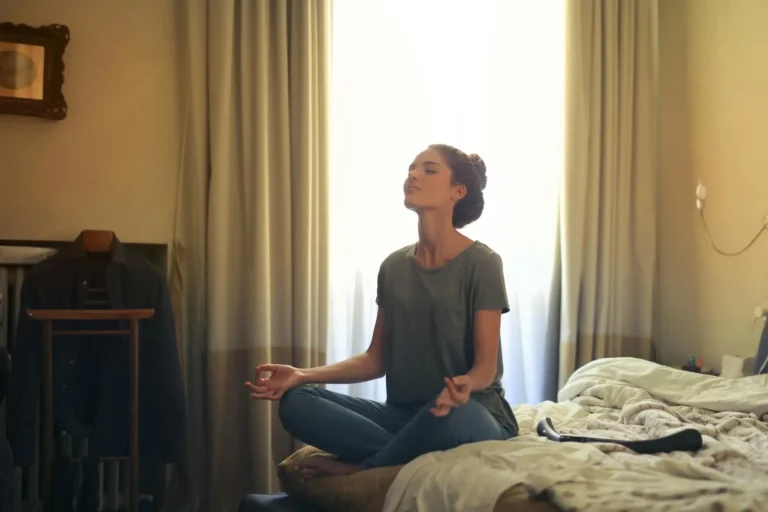Kundalini Yoga: 3 Ways to Unlock Your Inner Energy for Spiritual Growth
What is Kundalini Yoga?
Kundalini Yoga is often called the yoga of awareness. It’s a dynamic blend of physical postures, breathing techniques, meditation, and chanting. Unlike other forms of yoga that mainly focus on flexibility or relaxation, Kundalini Yoga aims to awaken your inner energy and elevate your consciousness.
Table of Contents
Origins and History of Kundalini Yoga
Kundalini Yoga has ancient roots, dating back thousands of years to early Indian spiritual practices. It was popularized in the West by Yogi Bhajan in the late 1960s, who described it as a way to help people cope with the stress of modern life and tap into their full potential.
Understanding the Basics of Kundalini Yoga
The Concept of Kundalini Energy
Imagine a coiled serpent sleeping at the base of your spine. That’s your Kundalini energy, according to this tradition. When awakened, it rises through the chakras, unleashing a powerful flow of spiritual awareness and vitality.
Chakras and Their Role in Kundalini Yoga
The Seven Main Chakras
Each chakra is like a spinning energy wheel located along your spine. Here’s a quick look:
- Root Chakra (Base of spine): Security and survival
- Sacral Chakra (Lower abdomen): Creativity and sexuality
- Solar Plexus Chakra (Stomach area): Power and confidence
- Heart Chakra (Center of chest): Love and compassion
- Throat Chakra (Throat): Communication and truth
- Third Eye Chakra (Forehead): Intuition and insight
- Crown Chakra (Top of head): Spiritual connection
How Chakras Influence Our Lives
When your chakras are balanced, you feel vibrant, healthy, and connected. But when they’re blocked, life can feel chaotic, exhausting, or confusing.
The Key Components of Kundalini Yoga Practice
Breathwork (Pranayama)
Breathing is not just living; it’s the bridge between your body and soul. Kundalini Yoga uses specific breath patterns like Breath of Fire to energize and cleanse.
Physical Postures (Asanas)
These movements might seem simple, but they are powerful. Each posture is designed to activate different chakras and prepare your body for energy flow.
Mantras and Chanting
Sound is energy too. Repeating mantras like “Sat Nam” (meaning “Truth is my identity”) can tune your mind and body to higher frequencies.
Meditation Techniques
Meditation in Kundalini Yoga isn’t just sitting silently. It often involves mudras (hand gestures), chanting, and focused breathing to dive deeper into your subconscious mind.
Benefits of Kundalini Yoga
Physical Health Benefits
Kundalini Yoga improves flexibility, strengthens the nervous system, boosts immunity, and enhances respiratory and cardiovascular health.
Mental and Emotional Well-being
This practice reduces stress, increases emotional resilience, and promotes a positive outlook on life. Many people experience a profound sense of peace after a session.
Spiritual Growth and Awareness
Kundalini Yoga opens the gateway to your higher self, offering a sense of purpose, connection, and unity with the universe.
How to Start Practicing Kundalini Yoga
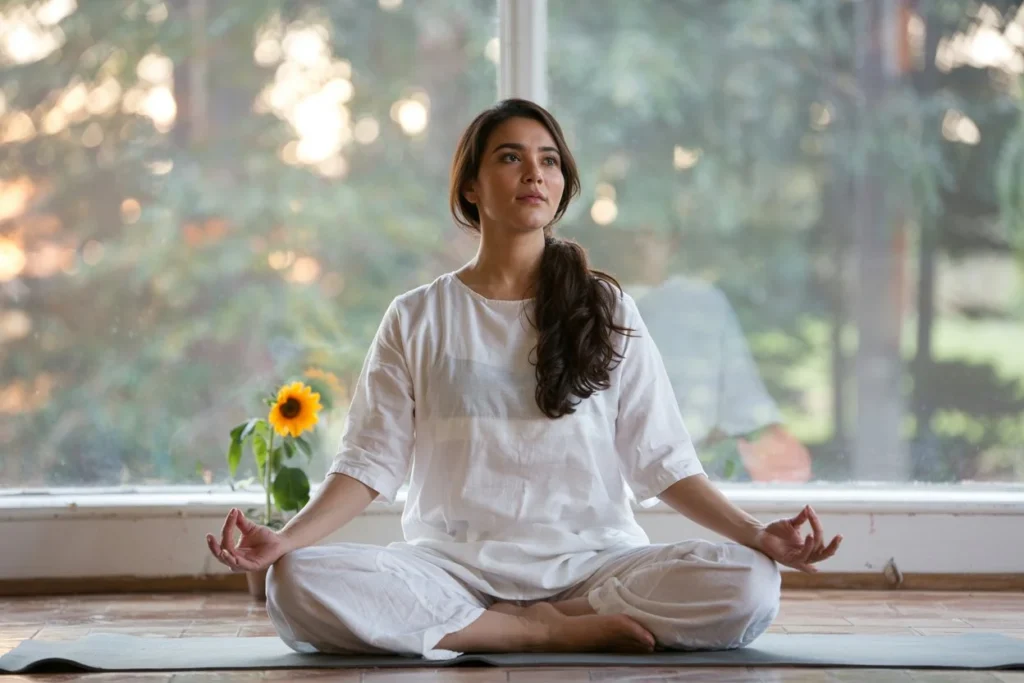
Preparing Your Space and Mind
Choose a quiet, sacred space where you won’t be disturbed. Wear loose, comfortable clothing, and maybe light a candle or incense to create a serene atmosphere.
Essential Tips for Beginners
- Start slow and listen to your body.
- Practice regularly, even if it’s just 10 minutes a day.
- Be patient; awakening energy is a journey, not a race.
Common Challenges and How to Overcome Them
Dealing with Emotional Releases
It’s normal to feel intense emotions during practice. Allow them to flow without judgment. Think of it as emotional detox.
Staying Consistent in Practice
Set a schedule and stick to it. Even a few minutes daily is better than a long session once in a blue moon.
Advanced Practices and Experiences
Kundalini Awakening: Signs and Symptoms
Signs of awakening can include tingling sensations, vivid dreams, emotional shifts, and heightened intuition. It’s like tuning a blurry radio to a clear, powerful station.
Precautions and Safety Tips
Kundalini energy is potent. Always practice with mindfulness. If you feel overwhelmed, slow down or seek guidance from an experienced teacher.
Enhancing Practice with Meditation Music Kits
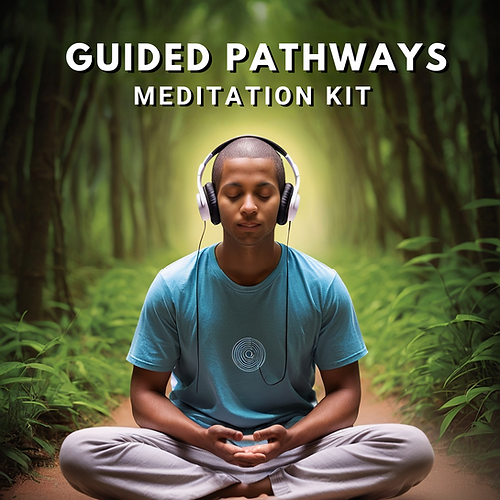
What is a Meditation Music Kit?
A meditation music kit is a carefully curated collection of soundtracks designed to elevate your yoga and meditation sessions. For Kundalini Yoga, music isn’t just background noise—it’s a core part of the experience. The right sounds can help awaken dormant energy, stabilize your emotions, and deepen your meditation.
These kits often include:
- Sacred chants and mantras
- Nature sounds like waterfalls and birds
- Instrumental pieces using gongs, singing bowls, and flutes
- Vibrational frequencies tuned to balance the chakras
How Meditation Music Boosts Kundalini Practice
Sound vibration plays a major role in Kundalini Yoga. It helps you shift brainwave states, making it easier to access deeper layers of consciousness. It also creates an energetic field that supports Kundalini awakening, helping the energy rise safely and naturally.
Adding a meditation music kit to your practice:
- Enhances focus and concentration
- Deepens emotional healing
- Boosts spiritual connection
- Accelerates the balancing of chakras
If you’ve ever struggled to “stay in the zone,” a meditation music kit might be your secret weapon.
Real Testimonials from Kundalini Yoga Practitioners
Lisa, 34, from California
I was skeptical at first, but after incorporating a meditation music kit into my Kundalini practice, I felt a deeper sense of connection and peace. The mantras and gongs helped me move past emotional blocks I’d struggled with for years.”
Derek, 41, from New York
Breathwork alone was powerful, but adding specific chakra-tuned music made my sessions transformative. I actually felt my Kundalini energy rise for the first time after using a guided meditation soundtrack!
Anita, 28, from London
Starting Kundalini Yoga was overwhelming until I found a meditation music kit that resonated with me. It helped me stay grounded, especially during emotional releases. Highly recommend it to anyone serious about their practice.
Jordan, 39, from Australia
The combination of breathwork, movement, and music was magical. The meditation music kit I used brought so much depth to my sessions. It felt like unlocking a hidden door within myself.
Maya, 30, from Canada
Honestly, I don’t know how I practiced without music before. Using a curated kit made my Kundalini sessions not only more powerful but also more joyful and effortless. It’s a must!
Conclusion
Kundalini Yoga isn’t just an exercise; it’s a life-changing journey. It peels away the layers that hide your true self and reveals a being of pure energy, love, and light. Whether you’re seeking physical health, emotional balance, or spiritual awakening, Kundalini Yoga offers tools that can profoundly transform your life. So why wait? Unleash the dormant energy within and step into your highest potential.
FAQs About Kundalini Yoga
What makes Kundalini Yoga different from other types of yoga?
Kundalini Yoga isn’t just about physical poses—it’s a full mind-body-spirit workout. It combines breathwork, movement, meditation, and chanting to awaken your inner energy (your “Kundalini”). Unlike other yogas focused mainly on flexibility or strength, Kundalini is about deep transformation from the inside out.
Is Kundalini Yoga safe for beginners?
Yes, absolutely! Beginners are welcome in Kundalini Yoga. You don’t have to be flexible or experienced. However, it’s important to listen to your body and start slow. Some energy shifts can feel intense, so practicing with guidance—like a teacher or a course—can make your journey smoother.
What should I expect to feel during Kundalini Yoga?
Every experience is unique, but you might feel a mix of physical sensations, emotional releases, and mental clarity. Some people report tingling, warmth, or a light buzzing sensation—these are signs of energy moving! Emotional ups and downs are also common at first as old patterns clear out.
How often should I practice Kundalini Yoga to see results?
Consistency is key. Even practicing 15–30 minutes a day can bring noticeable shifts within a few weeks. Many teachers recommend starting with 3 days a week, then gradually moving to daily practice. The more you show up, the more your energy system strengthens and aligns.
Do I need any special equipment for Kunda Yoga?
Not really. A simple yoga mat, comfortable clothes, and a quiet space are enough. Many practitioners also use meditation music kits, white cotton clothing, and a light blanket for relaxation at the end. Some people like using a sheepskin mat, but that’s totally optional.
Why is Kundalini Yoga considered dangerous ?
Kundalini Yoga itself isn’t dangerous when practiced mindfully and under proper guidance. But the powerful energy it awakens can sometimes cause intense physical, emotional, or psychological reactions—especially if someone forces the process or skips foundational steps.
When Kundalini energy rises too quickly without preparation, it can trigger symptoms like anxiety, confusion, emotional swings, or physical discomfort. That’s why it’s super important to:
-Practice slowly and consistently.
-Ground yourself with breathwork and meditation.
-Learn from an experienced teacher or use trusted resources.
Think of it like tuning a powerful engine—you wouldn’t slam the gas pedal without learning to steer first, right? With patience and respect, Kundalini Yoga becomes a deeply beautiful and safe journey.
What is Kundalini Yoga?
Kundalini Yoga is a spiritual practice combining movement, breathwork, meditation, and chanting to awaken your inner energy and elevate consciousness.
What is Kundalini Awakening?
Kundalini Awakening is the process where dormant spiritual energy at the base of the spine rises through the chakras, leading to higher awareness and transformation.

